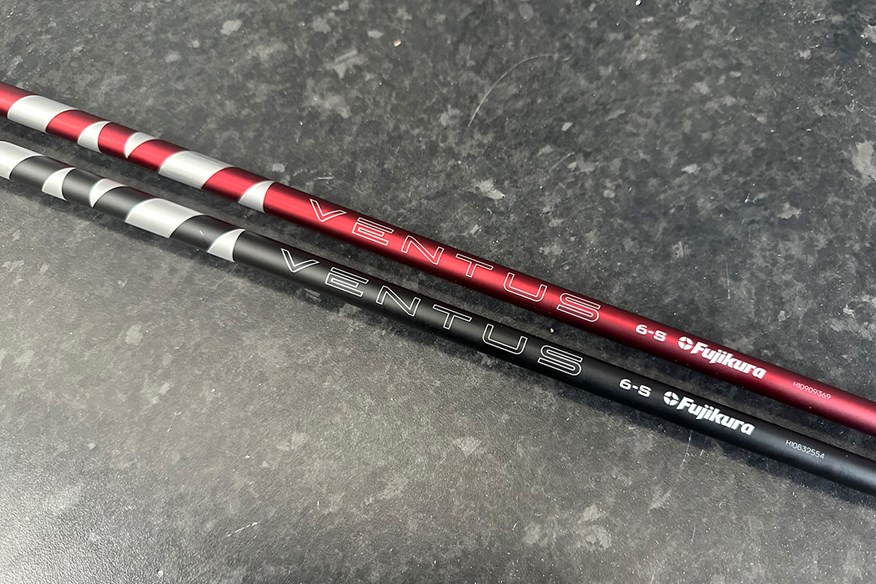Fujikura Ventus Red and Black: More than just a paint job?
Last updated:
The 2024 release of the Fujikura Ventus Red and Black represents another step forward in Fujikura’s journey to improve every golfer on the planet
When Fujikura first released Ventus Red and Black in 2019, the expansion to the Ventus line was a clear statement of what this family of shafts meant to the company. The belief in the core technology – VeloCore – had been essential in the development of the original Blue profile but it wasn’t until the unprecedented growth across major tours, both men’s and women’s, that Fujikura could truly validate what they’d created.
Consumer take-up followed the tour, and demand soon followed for Fujikura to open their technology up to the rest of the market. Golf swings are never two-of-a-kind, therefore it followed that, to help improve more golfers, Fujikura needed to offer their proven technology in more variations than just Blue.
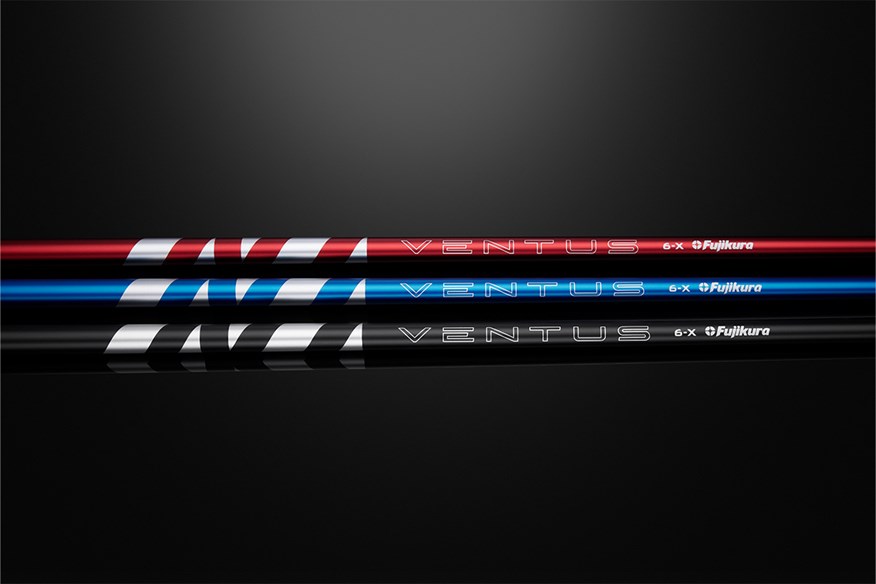
Step forward Red and Black. With profiles now available for smoother swings, aggressive ones, higher flights, and lower flights, as well as the central mid-flight blue, Fujikura was able to offer a shaft to work with every kind of golfer.
Followed two years later by the Ventus TR range, the company’s options were near-faultless and the coverage across the market was bordering on obscene, with major championships and tour wins coming in thick and fast.
So now, in 2024, Fujikura has decided to update the original Ventus line-up. We’ve seen the new Blue in January, and now Red and Black are set to make their return to the arena. With the full family now available, how has Fujikura been able to improve on a product that has already done so much so well?
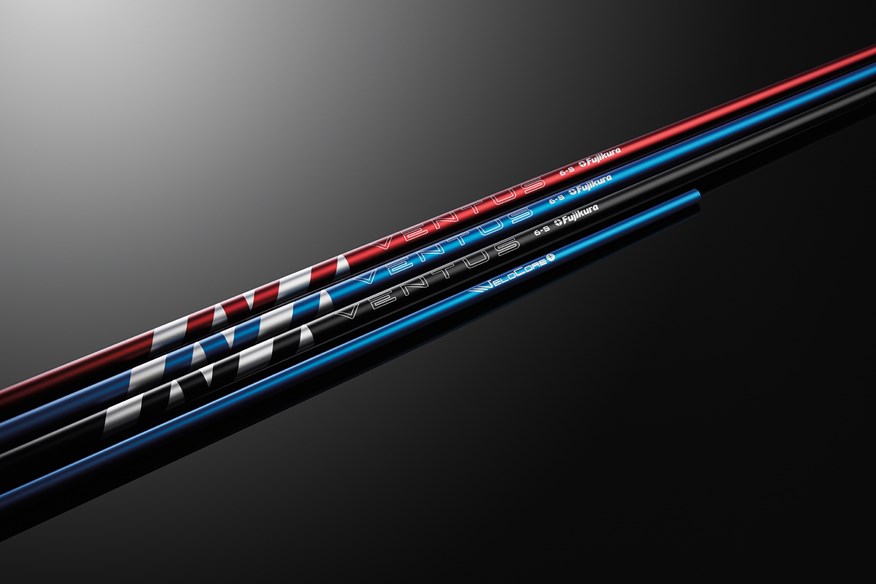
VeloCore plus a little more
The center point of Ventus shafts, as mentioned and we’re sure you’re aware, is VeloCore technology.
Briefly, VeloCore is the extremely stable core built into Ventus shafts. Made from ultra-high modulus Pitch 70 carbon fiber, the alignment of this core provides high resistance to twisting in the shaft creating a higher MOI in the club head. This, in turn, provides the golfer with straighter shots and retention of ball speed from off-center strikes.
VeloCore+, the main story around the new versions of Ventus, is an evolution of the original design. Using an enhanced multi-material construction, the new creation still uses the Pitch 70 and 40-ton carbon fiber as before but adds in a new premium material to aid in the strength provided.
Fujikura is proving to be tight-lipped about what this new critical piece of the puzzle is but clearly it was groundbreaking enough for them to replace the most popular shafts on tour with this new version.
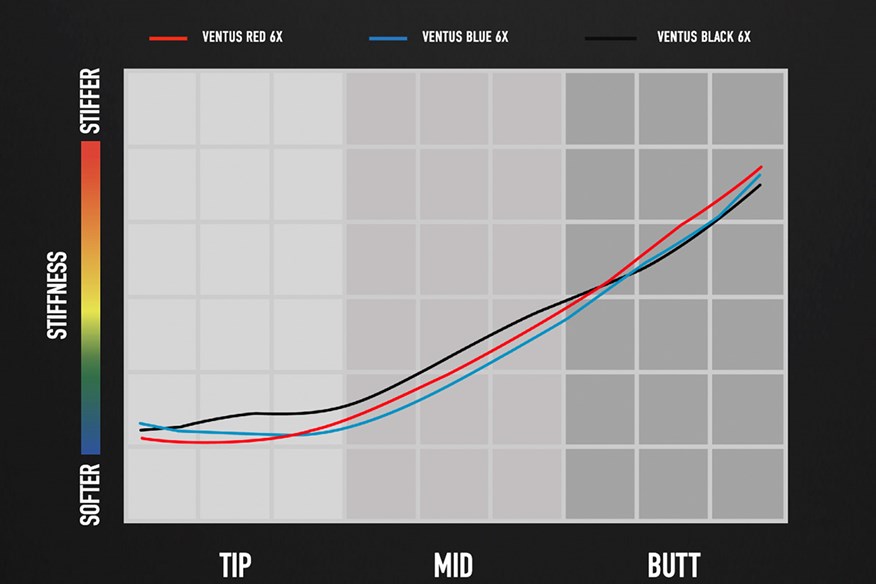
Bet on Red or Black?
We know there’s new tech in these shafts, but how else do Red and Black separate themselves from the previous versions?
While Red and Black are, largely, the same profile as their previous incarnations, there are some subtle differences to the new line. Looking at Red to start, the handle section has been strengthened to provide a more stable feel in line with the two other profiles in Black and Blue for consistency in feedback. This is a positive for golfers who may use one of the other two choices in the driver but require Red in fairway woods for additional height.
You’ll also see a slightly stronger tip section in Red to help reduce spin further and enhance tip stability over Last Gen (no need to over-trim the Red and turn it into a Ventus Purple this time!).
The Black profile has seen a similar reinforcement to the tip-mid section. As this shaft is designated as the low-launch, high-force shaft where the expected player will be exerting more power on the profile it makes sense to enhance the sections of the shaft that could deflect more. This is Fujikura learning from the Ventus TR Black, where the same improvements were made over the OG Black profile.
The reason you’d now choose the new Black over the TR Black is all to do with the handle section. Black has done the opposite of Red and is now the softest handle section of any Ventus shaft. Fujikura have done this to give the stronger golfer more feel from the profile. If there was one complaint you could make of the previous Black, it was that it didn’t provide as much feedback as its sisters in the series. The newer model will keep the same stoutness overall but with enhanced sensation for your hands.
Golf, but straighter
Taking these both onto the golf course and range has been a genuine pleasure. I’m a fan of the Ventus line, having spent time with the previous generation in both my own equipment as well as the clubs I’ve fitted for consumers over the last half-dozen years since the shafts launched.
I took the new Ventus models out while testing the Titleist GT (more on that soon) to see the differences in flight before following up with a range session. Numbers are important, and we’ll get to them, but my first instinct is always to look at what happens in real time before I go back to screen analysis.
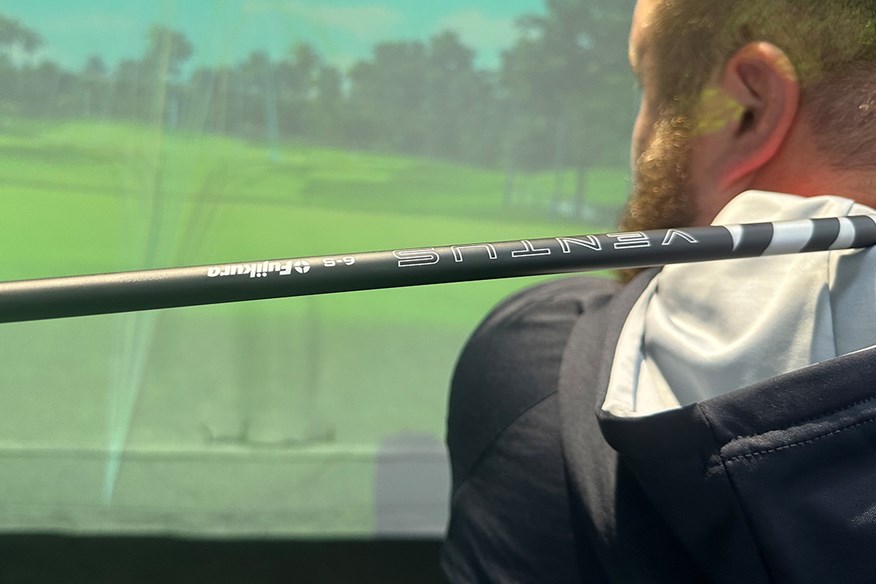
From a flight perspective, I haven’t been surprised by what I’ve seen. I went out to the 17th tee box at my local club, on a cool but dry Thursday morning to draw some conclusions. There well before even the earliest of risers was starting on the back nine, I hit six balls with each shaft – Red, Black, and my own Blue – to identify any differences by eye.
Safe to say, the results won’t blow your mind. Red seemed the easiest to swing and I had no struggles in making this shaft turn over into a draw. Black is also in line with what you’d expect, with a flatter, stronger flight compared to both Blue and Red. The Black also typically resists the overdraw for me, with the stiffest profile of the three holding up nicely against my efforts to close the face more than the other two. All this does for me is emphasize how much getting custom fitted for these products is a key aspect to getting the most from them and yourself.
My biggest takeaway thoughts from the on-course test were in what I had experienced throughout the whole swing. Yes, at impact, all three profiles feel incredibly stable regardless of strike. But I was surprised by how much carryover there is in feel from shaft to shaft. Despite the Red wanting to shape more, it never felt weak. Black was the same, never seeming like it was playing that much stronger than either other profile, even with my eyes telling me differently.
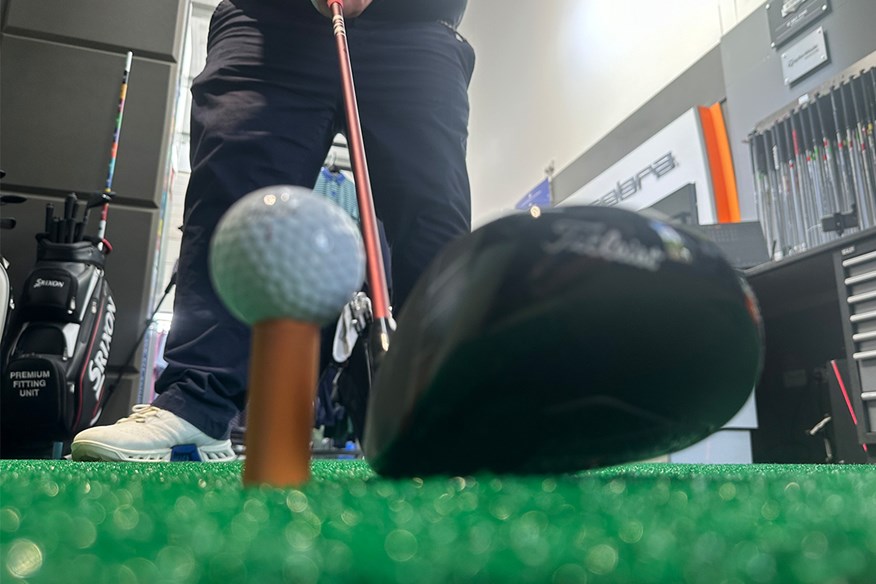
What I like about this uniformity in feel is that you shouldn’t need to put a profile in play just because of a feedback preference. I’ve heard golfers, hitting original Red as well as anything, make comments about not trusting a softer shaft. I’ve seen perfectly flighted drivers changed out of 2019 Black because the golfer couldn’t feel what was happening on the downswing. This is where New Gen Ventus, and VeloCore+, is going to prove most advantageous for both golfers and for Fujikura.
The Numbers
With my initial findings noted, I headed to a local studio to see if the data would back up what my eyes had shown me. The studio we chose for our test is AF Golf Store. AF Golf has four UK locations between Cambridge, Milton Keynes, Kettering, and Peterborough – with their Peterborough store located only a few miles from our head office, it made for a very convenient journey to get hard data using their latest Trackman 4 launch monitor. AF Golf also offers in-house club-building so checking specs and consistency between shafts was easy with their build team.
Ultimately, these profiles aren’t all designed for how I swing so I wasn’t looking for perfect shots down the middle of the fairway but I was hoping to see consistency in whatever direction the ball ended up traveling in.
The other numbers that would take the focus during our session would be Ball Speed; Carry Distance; Launch; Spin; and Height.
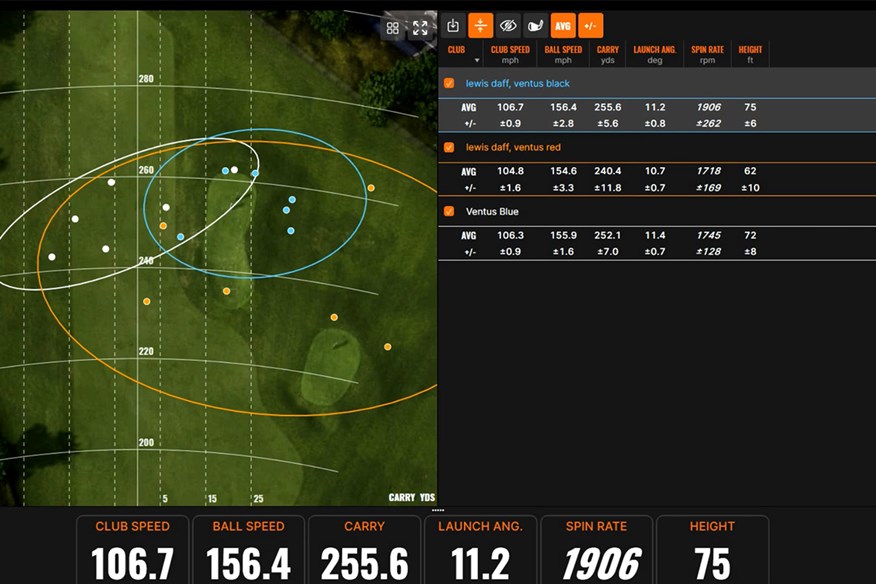
With my baseline Blue as a starting point, I tested both Red and Black in sounders of two, moving between the two models to keep opinion fresh and to avoid getting too comfortable in one model over the other.
Unsurprisingly, my results on the course were largely reflected in the studio data although there are some interesting points to note. With Red, as you can see from the above data, it wants to move to the right for me as a Lefty (if you’re Right-Handed and struggling, just hold a mirror up to the image and it’ll be correct for you). What’s interesting, and, again, it cannot be stressed enough that you should get fitted for these products, is that the high-launch that Red is labeled as actually came out lower than both Blue and Black during testing.
This is purely down to the Red shaft being easier to square the face up with, too much so for what I need in my swing, and the head has ended up too closed and taking off loft which has taken out height and distance. While I wouldn’t play this in my driver, I would definitely consider adding a Ventus Red into a low-spin fairway wood, like a Qi10 Tour, as I generally leave the face too open with that style head.
Despite the direction not suiting what I want to see, the Red’s consistency in its numbers is still great with only Carry having more variation, largely due to my difficulty with delivering a profile that isn’t meant for my swing.
The Black I’m really starting to come around to. I always struggled to feel where the original black was through my swing but this new version, with its softer handle, has got impressive feedback as well as the stability promised from the technology. While I will test further, I think the Black is looking like a strong contender to stay in my bag over the remainder of the season.
With the best Ball Speed, Carry, and Spin (too little spin is as much of an issue as too much) Black came out as the best in the test for me. One aspect not obvious from the numbers is how straight it went. Looking at the data you might think it also missed out to the right but bear in mind that the Red was a draw and Blue was a fade, so relative to my club path it was the Black that won out for me this time.
Final Thoughts
It’s clear plenty of thought has gone into Ventus ’24. Fujikura could have easily updated their color schemes, given the old Ventus the new matte finish (I love this new look, by the way), and that would have sufficed. No one would have complained. But that’s not what a company like Fujikura knows.
From the adjustment of the VeloCore formula to the tweaks in profiles, Fujikura has given Ventus a serious shakeup to address the few negatives that could be pointed at from the original collection while still remaining true to the performance that has dominated the golfing world over the last few years.
For a golfer fitted into the previous series, there may be gains to be made in upgrading although the OG is still a phenomenal product. But if you’ve still not rolled the dice on Fujikura’s flagship franchise, you’ve never been in a better position to start your journey and – frankly – you’re running out of excuses to not pull up a seat at the table.
-
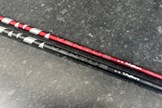 Fujikura Ventus Red and Black offer a complete line up alongside new Blue
Fujikura Ventus Red and Black offer a complete line up alongside new Blue
-
 The fujikura Ventus Black is still the stiffest shaft in the family
The fujikura Ventus Black is still the stiffest shaft in the family
-
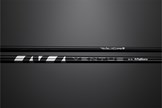
-
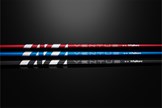 The additions to the new Blue are now available in Red and Black profiles
The additions to the new Blue are now available in Red and Black profiles
-
 Fujikura Ventus Red and Black compared to the Blue
Fujikura Ventus Red and Black compared to the Blue
-
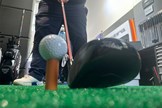 Fujikura Ventus shafts are tested in the studio
Fujikura Ventus shafts are tested in the studio
-
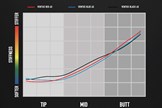 Fujikura Ventus with VeloCore+ shafts have made tweaks to their profiles for 2024
Fujikura Ventus with VeloCore+ shafts have made tweaks to their profiles for 2024
